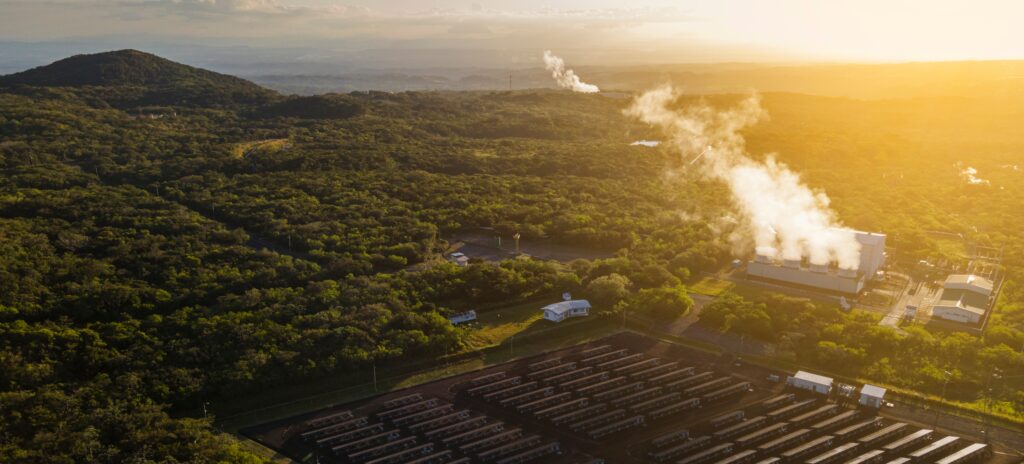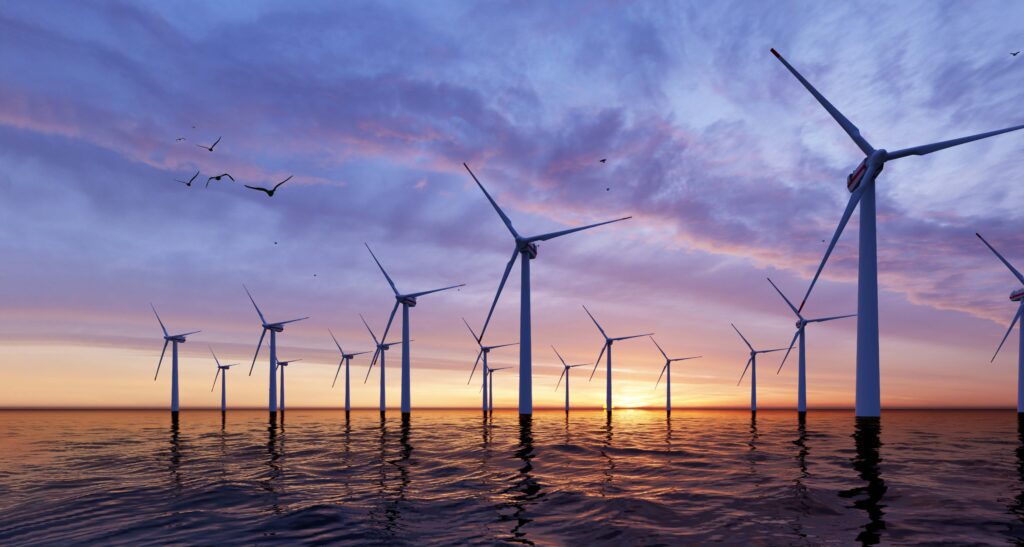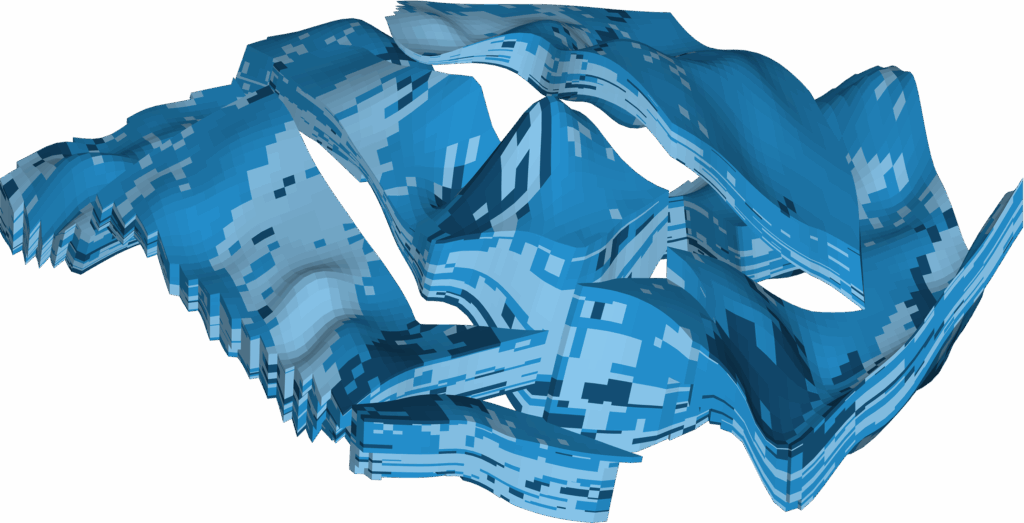
CCS
When dealing with complex CCS models, tNavigator offers a powerful tool for effectively assessing the feasibility of your projects. Our integrated approach enables comprehensive geological modelling, reservoir simulation, and risk assessment to be carried out in a collaborative environment. tNavigator supports the evaluation of subsurface storage sites, incorporating fault-seal analysis and caprock integrity to ensure safe CO₂ containment. With advanced simulation capabilities, model CO₂ injection, plume migration, and pressure behaviour, providing valuable insights for optimising storage efficiency and long-term monitoring. tNavigator is an indispensable tool for successful CCS project execution.
Related Modules...

Geothermal
tNavigator offers advanced geothermal modelling capabilities, providing a powerful, fully integrated platform for simulating geothermal reservoirs. With dynamic temperature modelling, multiphase flow simulation, and advanced heat transfer analysis, it enables accurate forecasting of geothermal energy production. tNavigator supports coupled thermal-hydraulic modelling, fractured reservoir simulation, and fluid property analysis to optimise geothermal resource utilization. Its high-performance computing ensures fast, precise results, making it an essential tool for geothermal energy development and optimisation.
Related Modules...

Hydrogen
The concept of Hydrogen Storage is becoming more prominent in the global transition to new energies. Accurately represent hydrogen’s phase behaviour and interactions with reservoir rocks and fluids using advanced Compositional modelling tools. tNavigator can model hydrogen storage by simulating injection, migration, and withdrawal in subsurface reservoirs. Evaluate storage capacity, caprock integrity, and leakage risks while optimising injection and production strategies. tNavigator also integrates geomechanical analysis to assess reservoir stability, supporting safe and efficient hydrogen energy storage solutions, including Europe’s first underground Hydrogen delivery and storage project between Austria and Germany by RAG Austria AG: https://www.rag-austria.at/en/.
Related Modules...

Wind
Using our specialist suite of seismic and subsurface analysis tools, wind farm developers can ensure detailed geological insights and optimise turbine placement, construction and operation for both onshore and offshore projects. Gather borehole and seismic data to construct robust 2D and 3D geological models, taking into account potential subsurface hazards such as fault lines. An advanced selection of geomechanical tools helps manage risks and predict geological changes to manage subsurface integrity.
